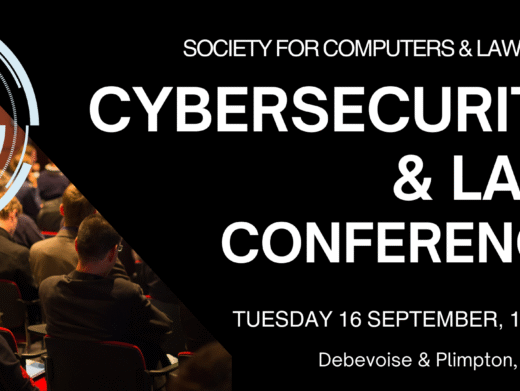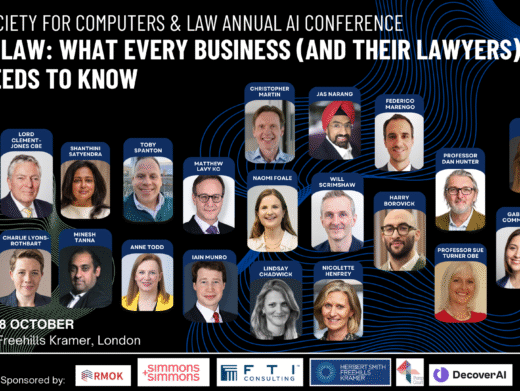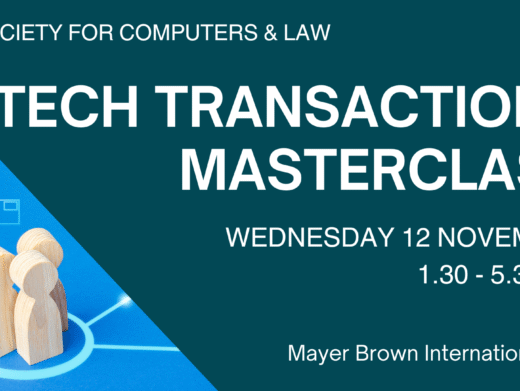Happier Clients
Clients will appreciate lawyers who make the effort to step into their shoes, think about what they need and deliver something of real value to them. Practising legal design also enhances the client relationship. Listening to your clients, engaging and collaborating with them to deliver tailored solutions will increase trust, empathy and understanding.
Improved Legal Understanding and Compliance
If they are presented with a clearer and more engaging legal product (such as a contract), users will be more confident about their rights and obligations. This increased legal understanding and engagement will likely lead to more compliance, fewer disputes and shorter negotiation times. We can start to build a legal system that people can more actively engage with.
Foster Innovation and Create Value
There are people in your team, organisation and client network with fantastic insights and ideas for how you can improve. Legal design gives those people a platform to think creatively and unlock ideas and potential within organisations – creating new revenue and efficiency opportunities. These might be completely new ways of doing things or adjustments to existing services. For in-house legal teams this can be a game-changer; they can become facilitators, innovators and value-creators within their organisation, instead of a road-block or a business cost.
Eventually, we’ll have to!
Nowadays, human-centred design is being demanded more and more. There are 3 main reasons for this:
- People quickly tire of legal jargon and unnecessarily complex legal documents. Consumers are seeing human-centred design at work in other industries (think Apple, Google, Ikea) and they expect flawless products and services (especially when they’re paying good money for it!). As experts in their field, lawyers are expected to do the hard, legal analysis, but then convey their findings in a simple, digestible way.
- Clients are demanding more of their lawyers and expect to pay less for it. This means that lawyers need to adapt and come up with innovative ways of meeting their clients’ demands. Legal designers can help: we can produce new solutions that are exactly what our clients want, whilst also cutting out unnecessary steps and driving efficiency.
- The law is beginning to require legal design! Take the General Data Protection Regulation (GDPR) for example: it mandates that all privacy notices need to be concise, transparent and written in plain language (see Article 12 and Working Party 29 guidelines). So, in essence, the law is saying: to be legally compliant, you need to have a document that people can understand – no long, convoluted and jargon-filled privacy notices please! Is this not a legally binding mandate for legal design?
This legal requirement in the GDPR has had a profound impact on the way many organisations convey legal information in their privacy notices (a case study of Juro’s redesigned privacy policy will be discussed in Part 4 of this series: ‘WHAT DOES LEGAL DESIGN LOOK LIKE?’). Conversely, if organisations fail this requirement there may be harsh consequences. In a recent case, Google was fined for various breaches under GDPR. Interestingly, one factor in the decision was that essential information was not easily accessible for users but was instead excessively disseminated across several documents, sometimes requiring 5 or 6 clicks to get to.
———————–
Read the whole series
Part 1 – What is Legal Design?
Part 3 – How do we do Legal Design?
Part 4 – What does Legal Design look like?
———————–
Charlotte Baker is a Legal Design Engineer at Wavelength.law – the first regulated legal engineering firm in the world, based in Cambridge and London and operating globally. As a Legal Design Engineer, Charlotte applies creative and design thinking to the law; which includes using these approaches to focus on the user experience in the legal processes and solutions that Wavelength develop. Charlotte is also an experienced commercial and corporate lawyer, before becoming a Legal Design Engineer, she worked in-house as a lawyer at the BBC and Cambridge Assessment, and in private practice at the law firms Allen & Overy (the Netherlands) and Chapman Tripp (New Zealand) where she specialised in mergers and acquisitions, equity capital markets and general commercial and contract law




